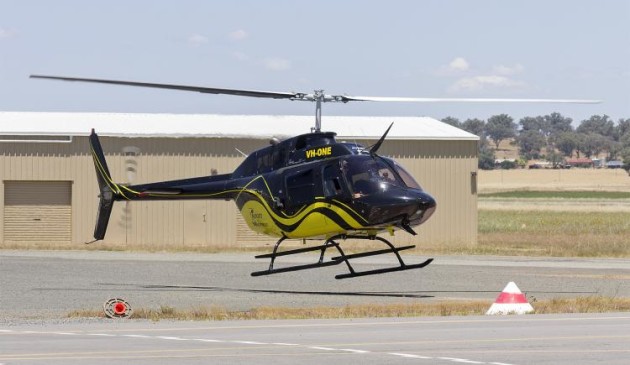A pilot's quick decision to autorotate his Jet Ranger after the engine failed may have saved the aircraft and passengers from disaster, according to the Australian Transport Safety Bureau (ATSB).
Bell 206B VH-ONE was carrying four passengers on a scenic flight from Sydney Airport coastal to Palm Beach on 11 June this year when the engine failed near Avalon Beach on the return trip.
The engine was still producing power, but making "screaming ... metallic high pitch noises", so the pilot immediately lowered the collective to maintain rotor speed and entered autorotation.
"After entering autorotation, the pilot looked down at the instruments and noted that the power turbine revolutions per minute needle was split from the main rotor revolutions per minute needle," the ATSB has reported.
"The unusual engine noise continued and the pilot elected to shut down the engine."
The pilot autorotated the Jet Ranger to a zero-speed landing in a field, resulting in minor aircraft damage, but no injuries to the passengers or pilot.
During the accident investigation, the pilot told the ATSB his number one priority was maintaining rotor speed.
"If he had attempted to troubleshoot the problem without entering autorotation, he could have potentially lost rotor speed and compromised his ability to safely conduct the forced landing," the ATSB concluded.
"Specifically, if the speed decayed to the point of a fully developed rotor stall, the result would usually be fatal, especially if it occured at altitude. This incident highlighted how the precautionary actions taken by the pilot minimised the risk of an unfavourable outcome."
The ATSB determined the engine was caused by a failure of the power turbine govenor spool bearing.
The complete investigation report is on the ATSB website.



